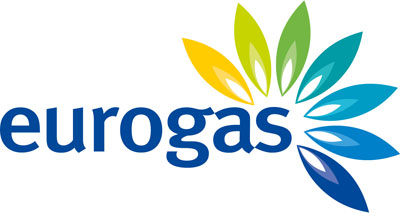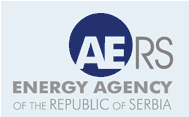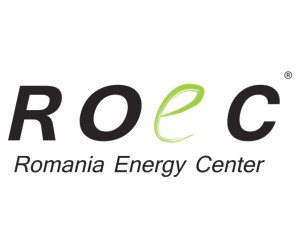The world’s production of crude oil is falling behind demand, the International Energy Agency said Thursday.
From July through September, global production of crude oil is likely to lag behind demand by almost one million barrels a day, said the IEA, a Paris agency that monitors energy trends for oil-consuming nations. The current glut of crude is clearing out even as OPEC producers pump at record or near-record levels.
"Our balances show essentially no oversupply during the second half of the year,” the IEA said in its monthly report.
A lack of an oversupply would eliminate a central truth of the oil market for the past two years, when prices collapsed because of a flood of new crude from places like the U.S. and Canada and ramped up production in traditional producers like Saudi Arabia and Iraq. Prices this year fell to $27 a barrel, a 13-year low and down from a peak of $114 a barrel in June 2014.
Two factors have caused the glut to disappear: Deep output cuts by producers outside the Organization of the Petroleum Exporting Countries, and healthy global demand for crude oil, the IEA said.
In North and South America alone, crude production is projected to fall by 700,000 barrels a day in the third quarter of 2016, compared with the first quarter, according to the IEA.
Oil prices, meanwhile, rallied Thursday after Saudi Arabia’s energy minister, Khalid al-Falih, said his country was ready to take action to support the oil market. Mr. Falih said market forces like supply and demand were already rebalancing, but Saudi Arabia would discuss with other producers next month if more action was necessary.
U.S. crude oil for September delivery rose $1.78, or 4.3%, to $43.49 a barrel on the New York Mercantile Exchange. Brent, the global benchmark, gained $1.99, or 4.5%, to $46.04 a barrel.
Oil prices have been stuck beneath $50 a barrel for much of the summer, well below what many in OPEC, the 14-nation oil cartel, need to balance national budgets.
Saudi Arabia has resisted calls to limit production and walked away from a meeting in April when producers like Russia, Venezuela and Iraq said they were ready to "freeze” their output at certain levels to bring supply back into balance with demand.
The clear-out of the supply glut, for now, comes as the world’s biggest producers keep pumping more.
The IAE put Saudi output at 10.6 million barrels a day, beating its previous record last summer. Neighboring Kuwait and the United Arab Emirates also set records in July. OPEC produced an eight-year high of 33.39 million barrels a day.
Analysts have said the Saudi output shows the kingdom is still locked in a fierce competition for its share of the global oil market, with competitors like Russia, Iraq and now the U.S., which exports oil and gas. Saudi Arabia and OPEC once favored keeping prices high through production cuts but have decided in the past two years to instead keep the spigots on full blast and compete for oil buyers—a decision that fueled the glut.
On a gloomy note for oil producers, the IEA trimmed its forecast for the rise in the world’s oil demand next year, predicting that global economic growth would fall short of previous projections.
"Some momentum will be lost in 2017,” the IEA said, though its forecast expansion of 1.2 million barrels a day "is still above trend.”
An oil-price rally that began in June and reached $52 a barrel was halted by a huge buildup of oil kept in storage and a new glut of refined fuel products like gasoline that have cooled down demand for crude from refineries, the IEA said. In the Organization for Economic Cooperation and Development, a group of countries with advanced industrial economies, crude-oil inventories rose to a record 3.09 billion barrels in June, the agency said.
It will take months to use up those stocks, the IEA said, and the oil market has fallen into bear-market territory.
The IEA said refineries would process record volumes of crude this summer, drawing down those stocks and helping ease the remaining gluts in products and inventories—potentially raising prices.
(Wall Street Journal)




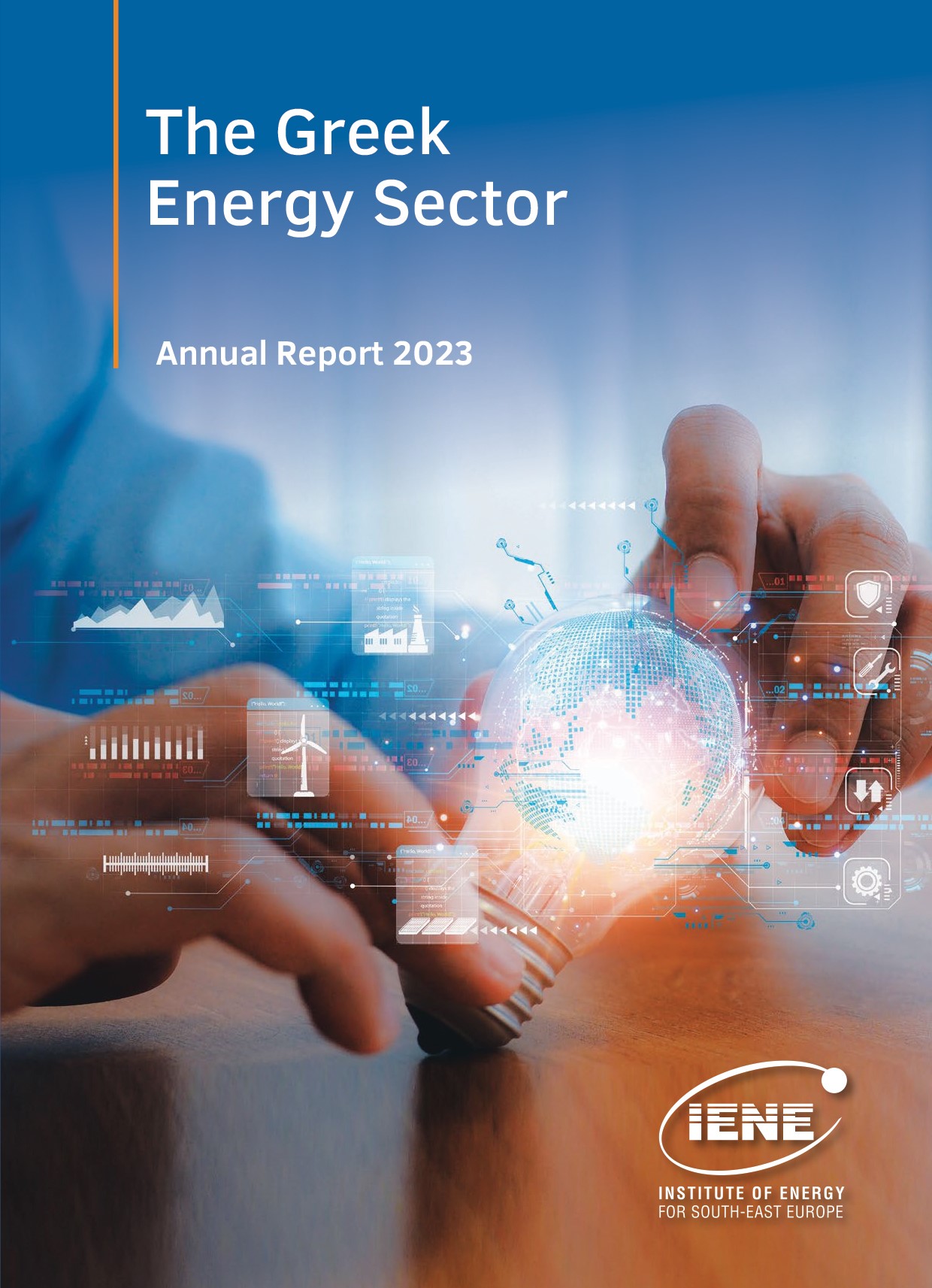

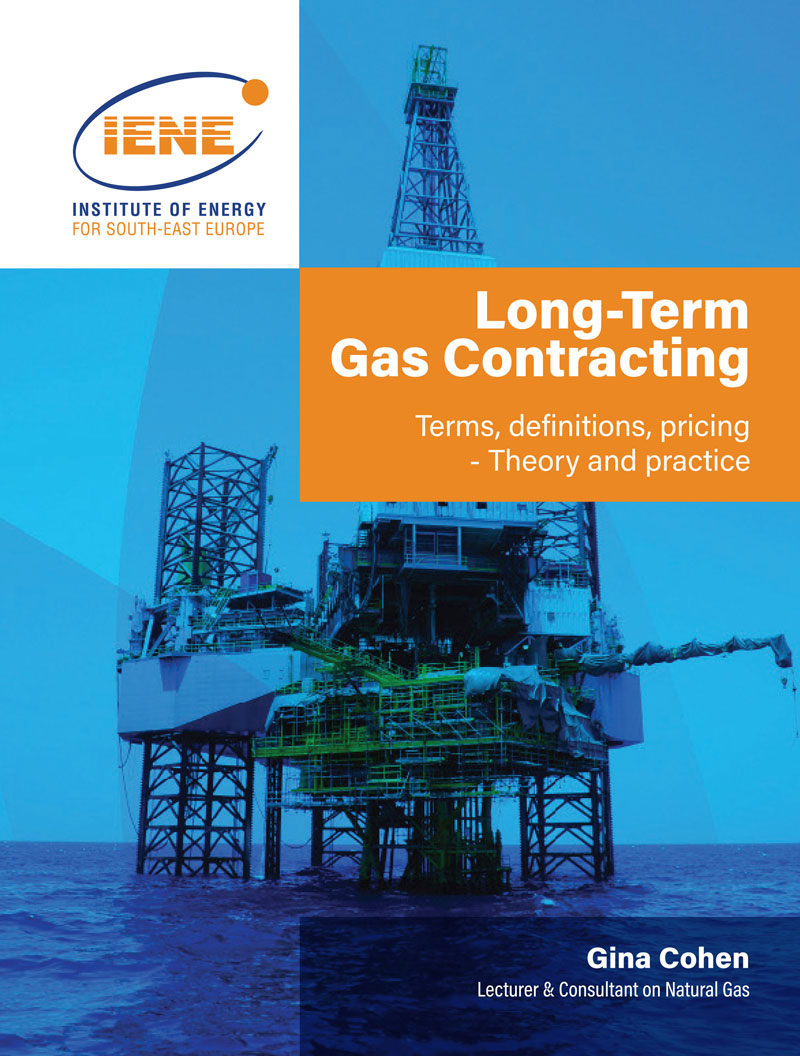 More
More




